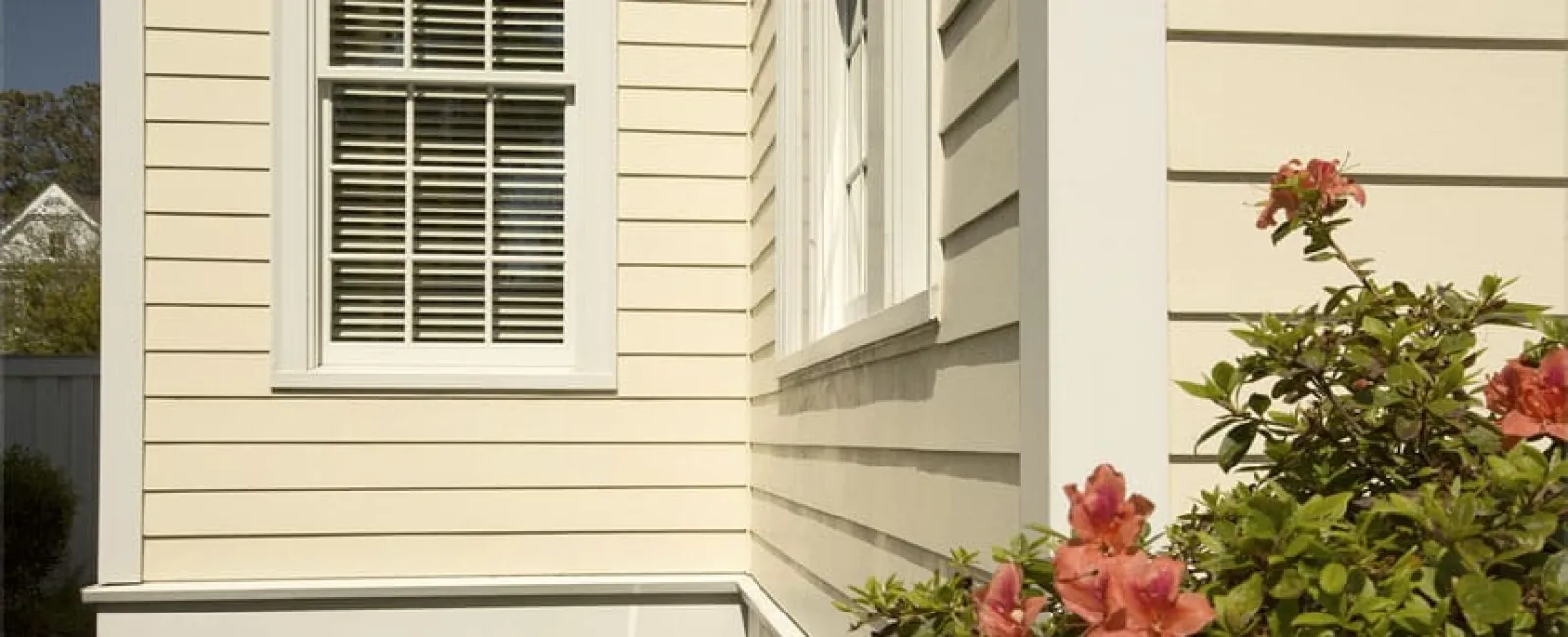Whether you're building a brand-new home or giving your current one a fresh remodel, choosing the right siding color is a great opportunity to showcase your personal style. While it's important to consider curb appeal and future resale value, your siding should also reflect what feels right for you.
If you're remodeling, take note of any existing features that won't be changing like your roof, stonework, windows, or soffits when thinking about siding color ideas. These elements play a key role in how your new siding color will look, creating a cohesive, well-balanced exterior.
Siding is a long-term commitment, so it's worth taking the time to choose the right color you'll love for years to come. At SuperiorPRO, we're here to make the process easy and enjoyable. Our team will guide you through popular exterior house colors that complement your home's style and existing features, helping you find the perfect cement board siding colors for lasting beauty and appeal.
Use the 60/30/10 Color Rule for a Beautiful, Balanced Exterior
If you're stumped on where to begin when designing a visually appealing home exterior, consider the 60/30/10 color rule. This simple design principle helps create a balanced, harmonious look by dividing your color palette into three key roles: Primary, Secondary, and Accent.
Primary color - 60% of the exterior
This is the dominant color on your home, usually covering the largest areas like the main body of your siding. Since it makes up the majority of your exterior, it's important to choose a siding color you truly love. This color sets the tone for the rest of your design, so it's often the starting point when building your color palette.
Secondary color - 30% of the exterior
The secondary color adds depth and dimension to your home's design. It's often used on architectural features like gables, bump-outs, dormers, or porch walls — any area where you want a bit of contrast without overwhelming the look. This is a great place to get creative and highlight your home's unique features.
The Importance of the 10% Accent Color
Accent colors are used sparingly but intentionally to tie the whole look together. These are typically applied to smaller elements like trim, soffits, windows, and door wraps.
Accent colors are the finishing touch that brings your exterior color scheme to life. Used thoughtfully, they can highlight your home's best features (or subtly downplay areas you'd rather not draw attention to). Accent colors are used sparingly but intentionally to tie the whole look together, adding depth and character to your overall design.
Adds personality
No matter your home's style, a colorful front door is always a great choice. It adds instant curb appeal and allows you to play with brighter hues that might not fit into the broader siding palette. Whether it's a bold red, deep navy, or cheerful yellow, your front door is a perfect place to let your personality shine.
Don't forget the garage door
Garage doors often take up a large portion of your home's front-facing exterior. Painting your garage door in a color that coordinates with your trim or front door can create a clean, cohesive look.
Choosing the Best Siding Color for Your Home
Selecting the perfect siding color is about more than just picking your favorite shade—it's about creating a cohesive look that complements your home's architecture and surrounding features. Here are a few key details to guide your decision:
Decide on a color scheme
Start by choosing the overall feel you want your exterior to have, whether it's subtle and coordinated or bold and contrasting.
A monochromatic approach uses different shades of the same color family, creating a more subtle, unified look that can still be visually interesting when paired with multiple siding textures.
If you want more visual drama or curb appeal, go for a contrasting color scheme. This approach pairs two or more distinct colors to create eye-catching contrast.
Let your home's architectural style guide you
Your home's architectural style plays a big role in choosing the right siding colors. Certain styles naturally pair better with specific color palettes, so it's helpful to use your home's design as a starting point.
For classic architectural styles like Colonial, Farmhouse, or Craftsman, subtle colors often work best. More modern or contemporary homes, on the other hand, can handle bolder choices.
Consider your geographic location
By taking your geographic location into account, you can choose siding colors that not only look great but also feel right for your setting — adding authenticity and harmony to your home's appearance.
For instance, Victorian homes are known for their playful and bold color combinations, especially on ornate trim and detailing. The siding itself is often colorful, embracing deep reds, blues, and greens that showcase the home's intricate design.
Cottage-style homes, with their cozy charm and smaller size, often lean into softer, lighter hues like warm whites, light yellows, or pastel greens that enhance their inviting feel.
In coastal regions, color trends shift brighter. It's common to see vibrant pastels, clean whites, and bold blues, which reflect the sunny, seaside environment and bring a cheerful energy to the home's exterior.
Elevate your Home with SuperiorPRO
By taking color scheme, architecture, geographic location into account, you can choose siding colors that not only look great but also feel right for your setting — adding authenticity and harmony to your home's appearance.
At SuperiorPRO, our team of professionals can help bring cohesion to your home with the right siding color. Call us now and ask for a free quote!

